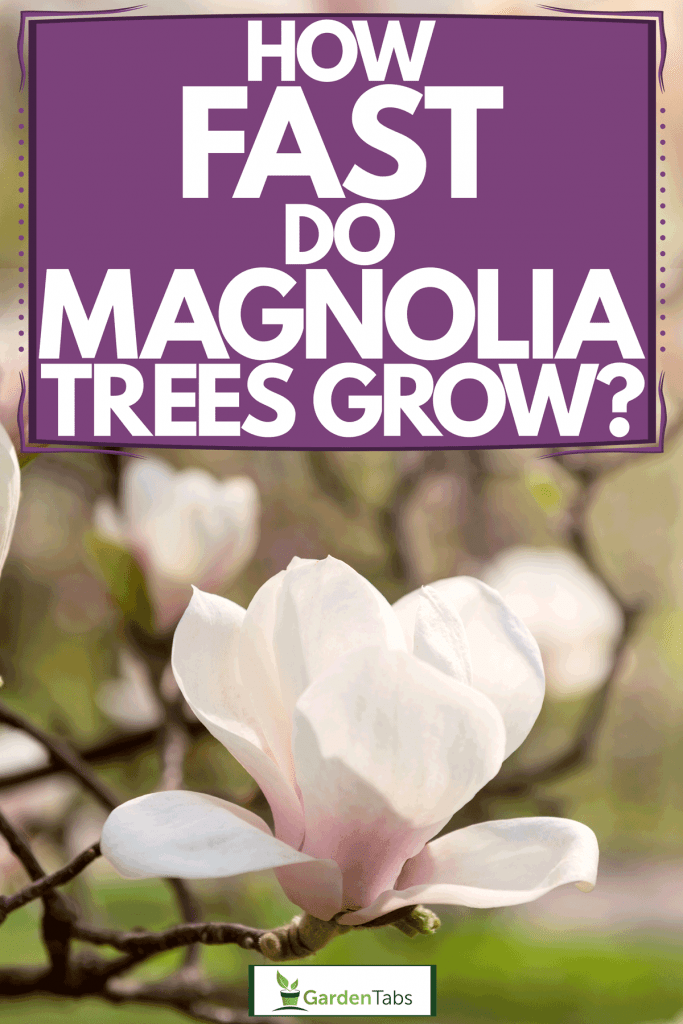The beauty of magnolia trees makes them captivating additions to any yard. How fast, though, do magnolia trees grow compared to smaller trees and hedges, and just how big do they get? We've researched magnolia tree varieties to answer this question for you.
Your magnolia tree's growth rate and fully mature height will vary based on the specific species you bring home. That said, you can expect the average member of the magnolia family to grow between one and two feet per year. These trees can be between 60 to 80 feet tall once fully grown, meaning that they'll need a lot of room to grow if you plant one in your yard.
Luckily, we can take some of the guesswork out of your magnolia landscaping. Please keep reading as we delve into the various growth rates and heights of magnolia species. We'll also answer how you can promote your magnolia tree's growth by providing an ideal environment.

How Fast Do Magnolia Trees Grow? (And How Big Do They Get?)
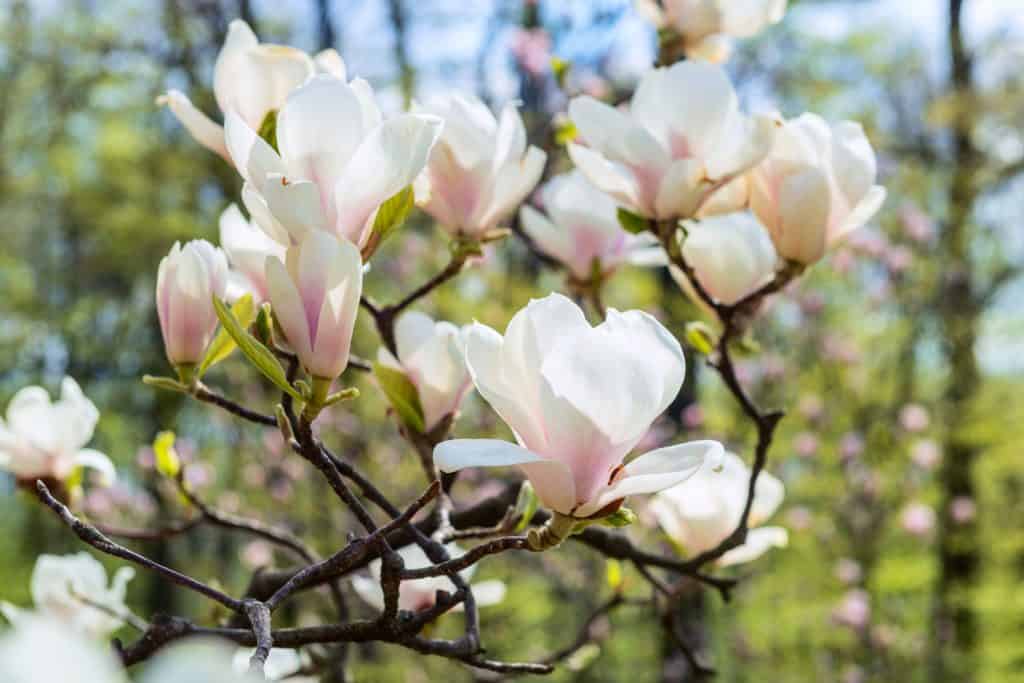
Most magnolia trees grow quickly and tend to stop growing once they're rather tall. For specifics, though, you need to determine what kind of magnolia tree you have in your yard or that you're interested in planting. Some of the most common types of magnolia trees include:
Saucer Magnolia
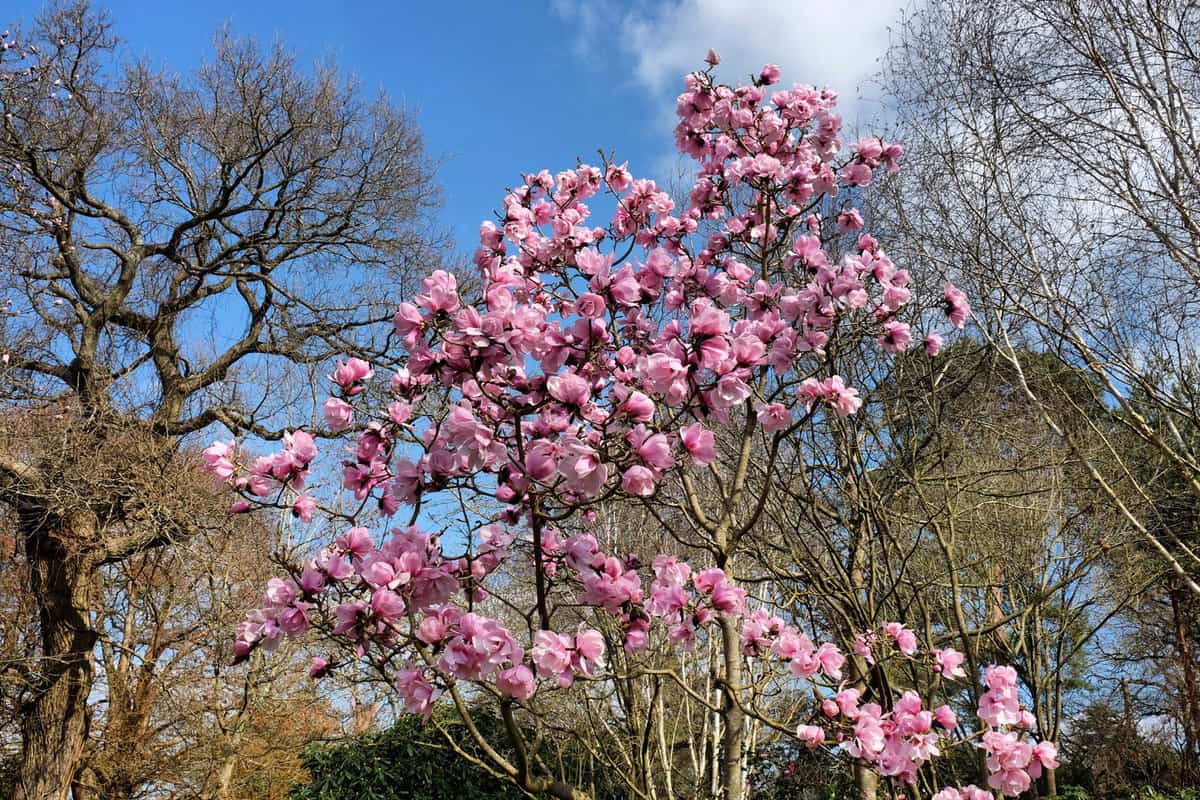
Saucer magnolias are not natural magnolias. Rather, these magnolias are a cross between a lily magnolia and various deciduous shrubs. Shorter than many other magnolias, the saucer magnolia is beloved for its wide, white flowers and its manageable growth rate. These trees stop growing at about 25 feet tall and thrive in zones four to nine.
Kobus Magnolia
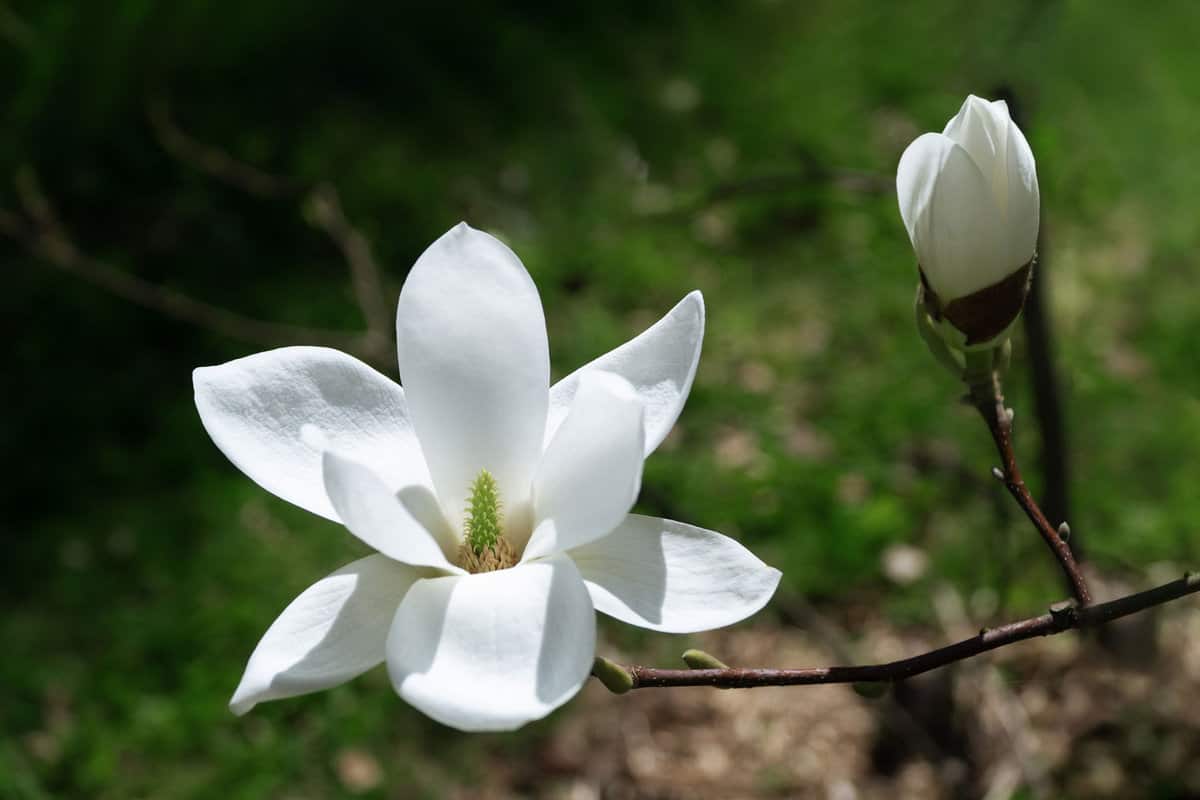
Most magnolias grow at a fairly rapid pace. Not so for the kobus magnolia. This magnolia tends to grow only a foot per year and stops growing at about 50 feet in height. These trees do best between zones five and eight and produce multiple trunks that you can trim away or allow to flourish.
Anise Magnolia
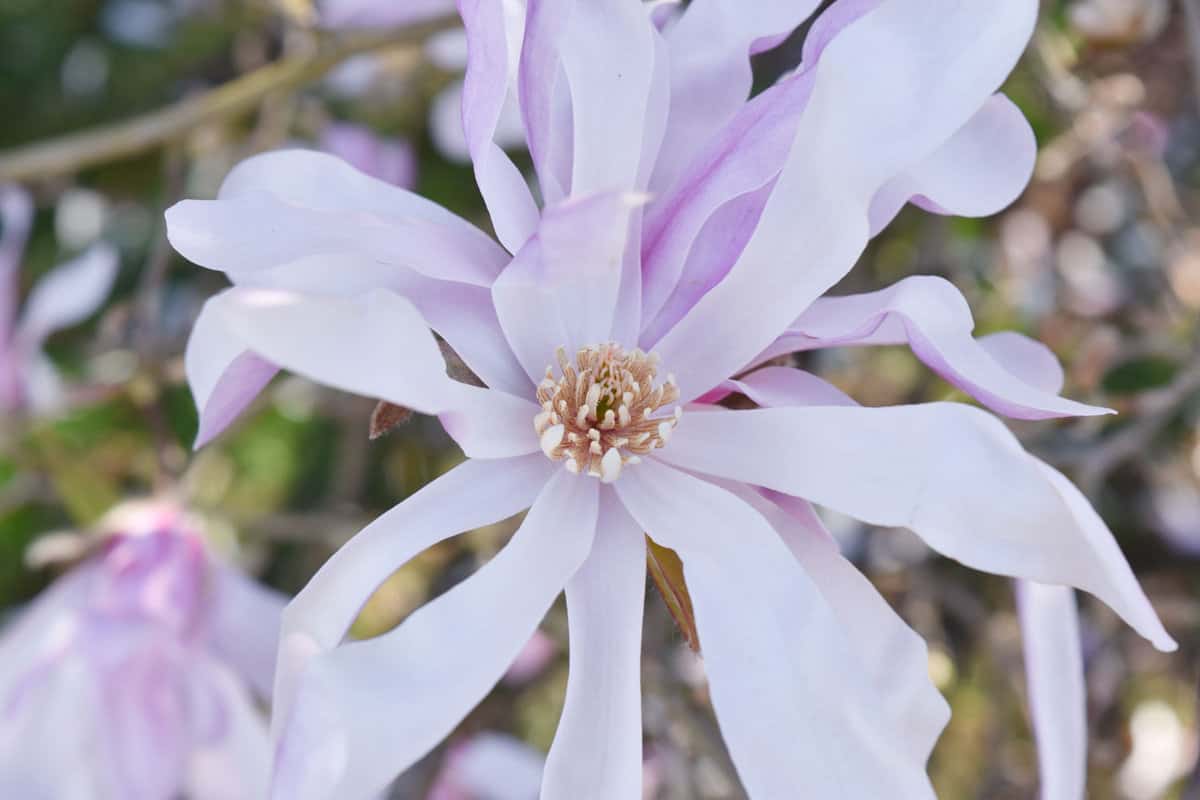
For a magnolia that's on the shorter side, plant an anise magnolia. These magnolias resemble hedges rather than trees, and they sprout beautiful white flowers come spring. Most often seen between zones six and nine, anise magnolias will stop growing at 30 feet in height.
Southern Magnolia
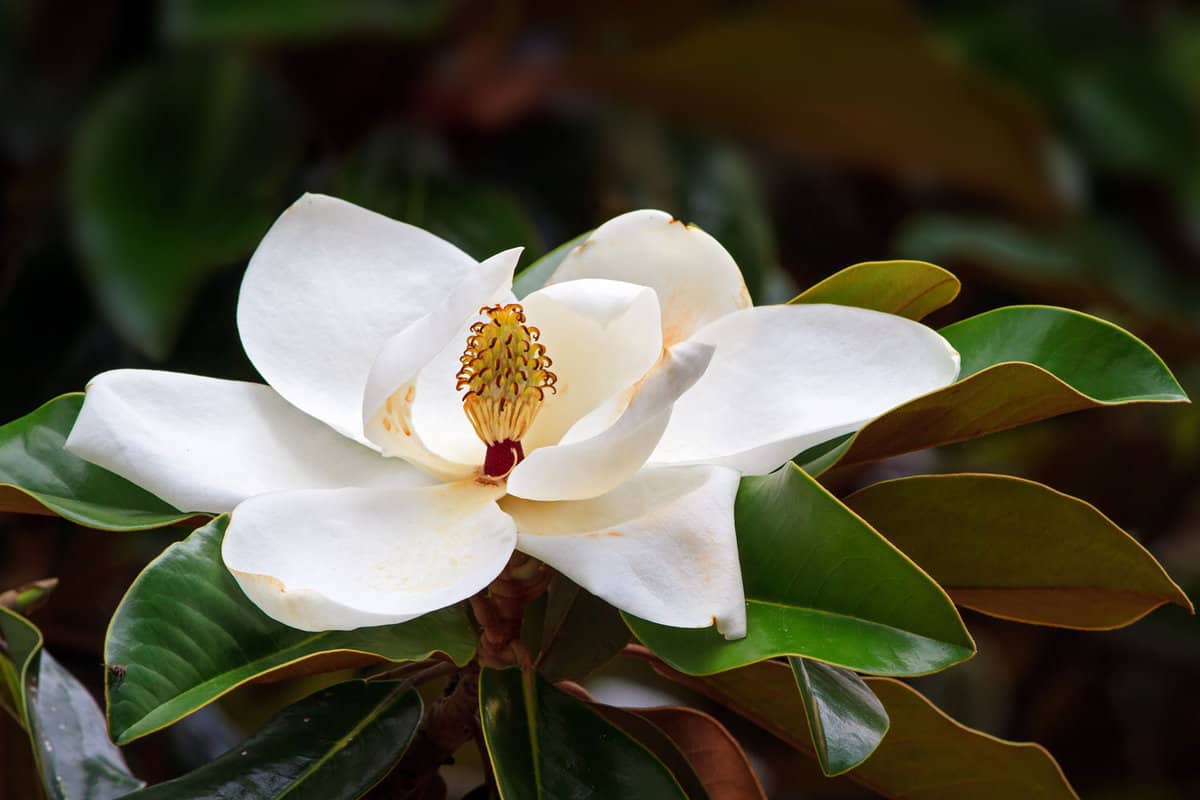
Southern magnolias are the most readily-identifiable trees in the magnolia family. These trees can grow to incredible heights, often capping their growth at 80 feet tall. You can find Southern magnolias growing naturally between zones seven and nine.
Sweetbay Magnolia
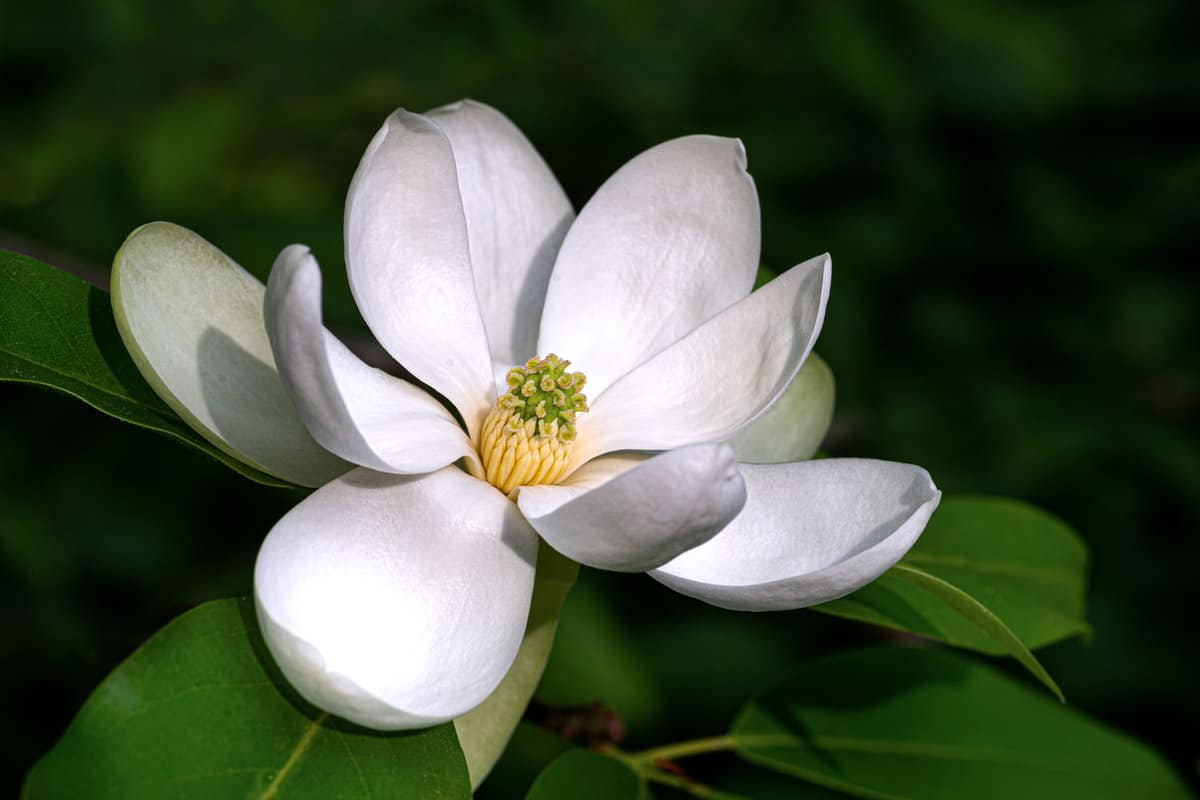
Sweetbay magnolias are also called beaver trees, though beavers hold no particular favor for these trees above the rest. Instead, sweetbay magnolias are relatively average trees. These magnolias can grow to be up to 35 feet tall. They thrive in warmer climes, growing best between zones five and ten.
Bigleaf Magnolias

Looking to add more shade to your yard? Bigleaf magnolias have, as the name suggests, expansive leaves that help block some of the sun's rays from your yard or windows. These trees can grow up to 40 feet tall and thrive between zones five and eight.
Umbrella Magnolia
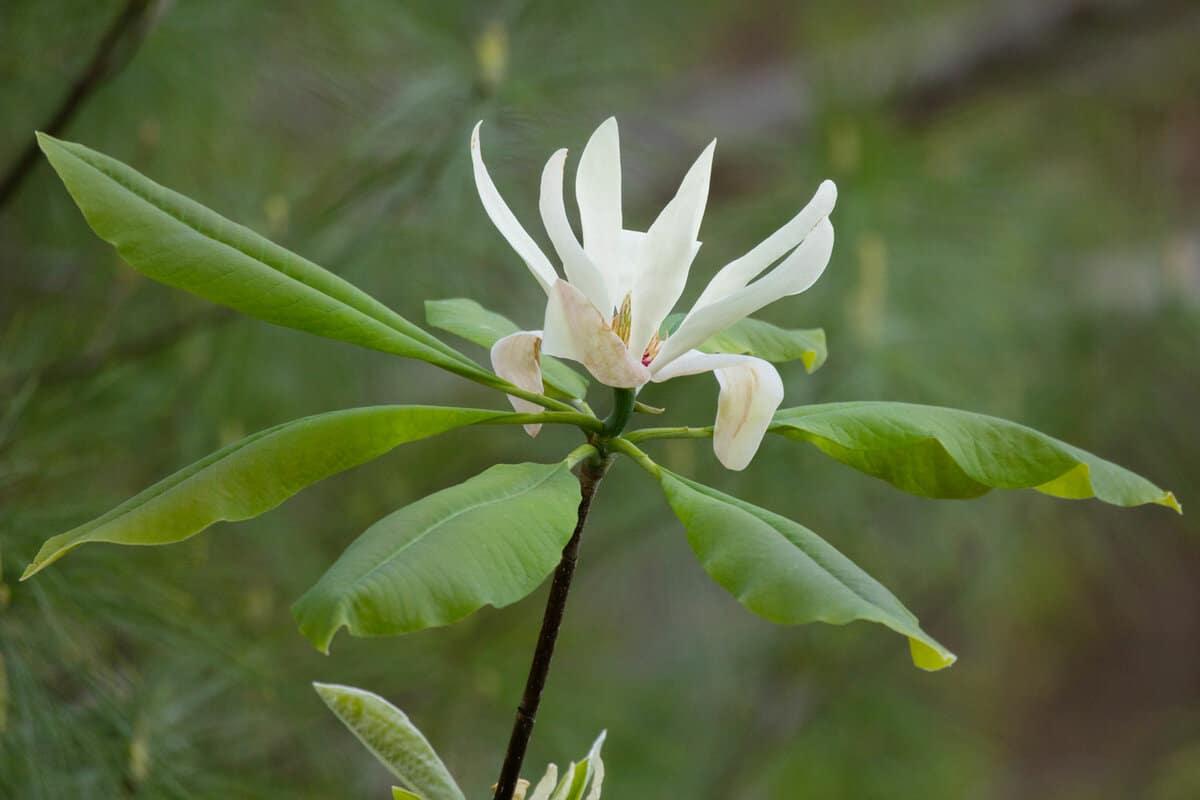
Another magnolia with a larger canopy, umbrella magnolias collect rainwater in their scoop-like leaves. These trees grow best between zones five and eight and can grow up to 30 feet in height.
Lily Magnolia
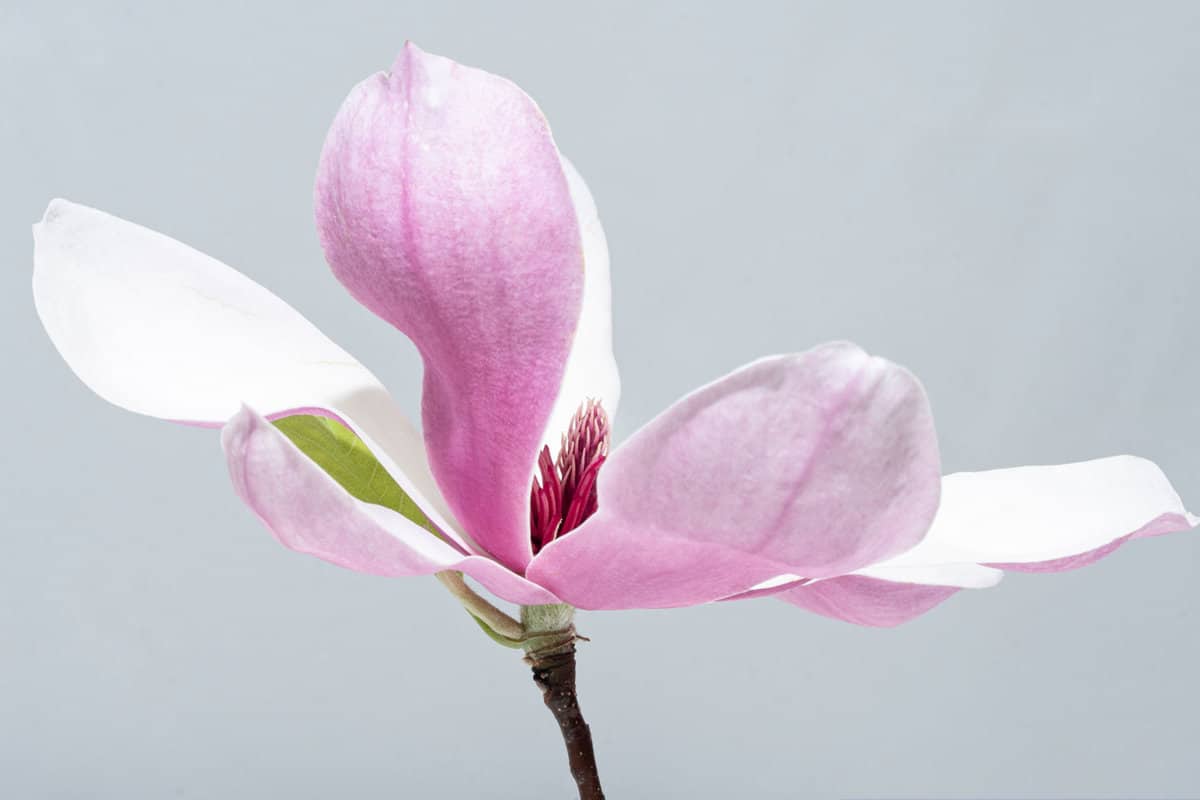
The shortest of the magnolia trees is the lily magnolia. This magnolia appears almost shrub-like but stands out, all the same, with its lilac flowers and strong scent. This magnolia thrives in zones seven to ten.
Ashe's Magnolia

Another smaller magnolia, Ashe's magnolias, stop growing at about 30 feet in height. Most often seen between zones six and nine, these trees prefer full sun to partial shade and tend to look more like hedges than they do like trees. However, the flowers on this magnolia can grow up to be one foot in length, making the Ashe's magnolia an outstanding and unique addition to a cultivated landscape.
Star Magnolia
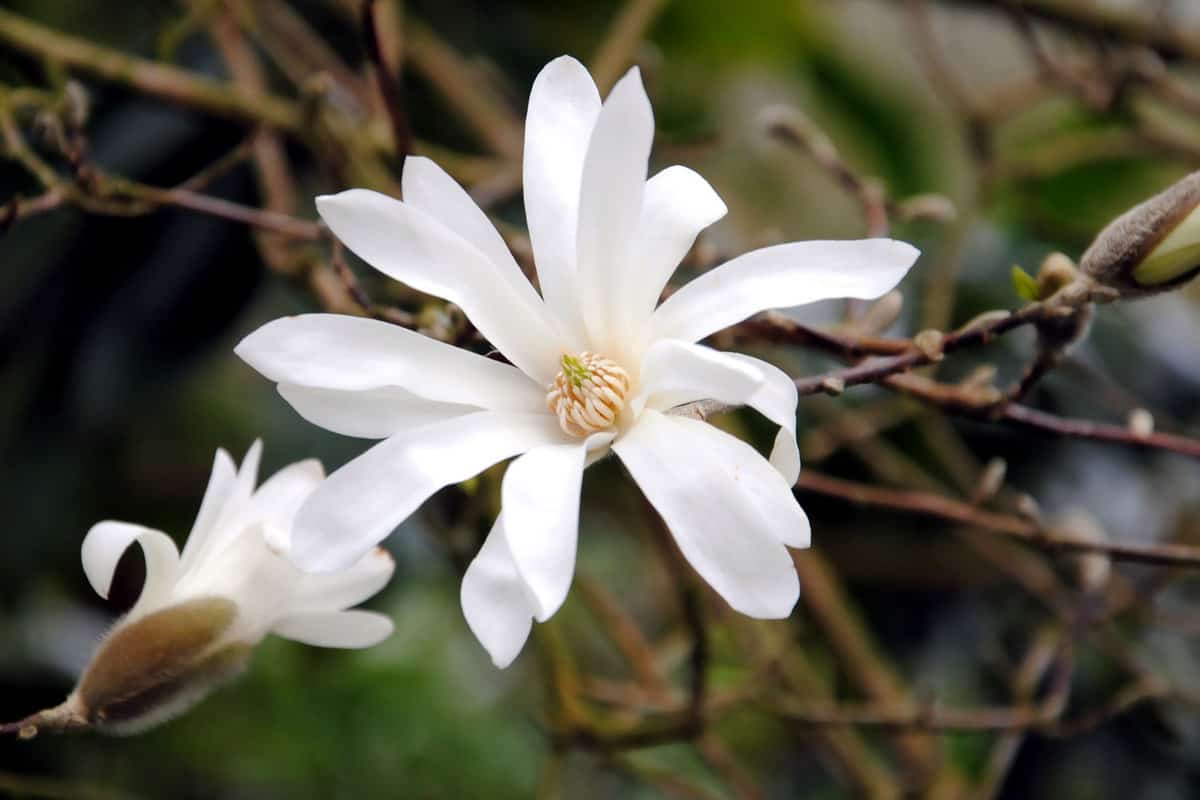
Star magnolias stop growing once they reach between 15 and 20 feet tall. These trees are best known for their daisy-like spring flowers. The tree and flowers alike, unfortunately, aren't all that durable - these trees do best when exposed to temperate weather between zones four and eight.
The Sizes Of Magnolia Trees
Now that you know a little more about the different types of magnolia trees, you may have a better idea of which may look best in your yard. From tallest to shortest, take a gander at the way the trees stack up against one another:
- Southern Magnolias - up to 80 feet.
- Kobus Magnolia - up to 50 feet.
- Bigleaf Magnolias - up to 40 feet.
- Sweetbay Magnolia - up to 35 feet tall.
- Anise Magnolias - up to 30 feet.
- Ashe's Magnolia - up to 30 feet.
- Umbrella Magnolia - up to 30 feet tall.
- Saucer Magnolia - up to 25 feet tall.
- Star Magnolia - up to 20 feet tall.
- Lily Magnolia - up to 12 feet tall.
Which Magnolia Tree Is The Fastest Growing?
Of all of the magnolia trees you can plant throughout your yard, it's the Ssouthern magnolia that grows the fastest. Southern magnolia trees grow up to two feet per year, topping out the magnolia species growth rate.
You can also expect a Southern magnolia to stop growing on the higher end of the magnolia tree height scale - meaning that, several years down the line, you'll find yourself contending with a tree in your yard that's nearly 80 feet tall.
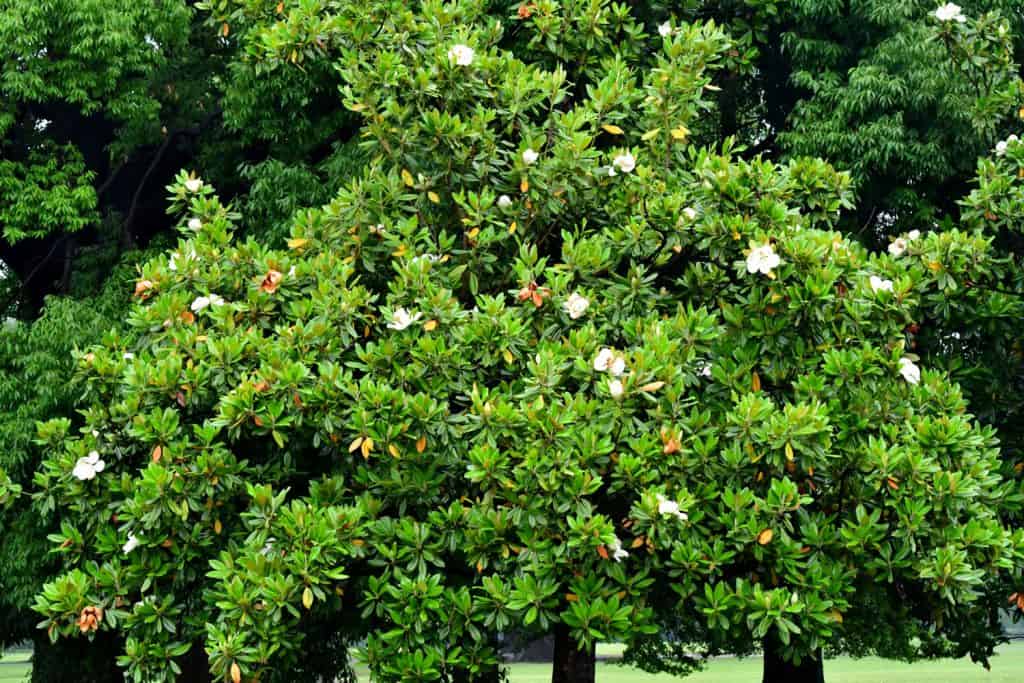
The good news is that you don't have to resign yourself to the care and keeping of this impossibly tall and quick-growing tree. You can instead engage in some carefully-considered tree trimming over the years.
Whether you choose to do so on your own or with help from an area professional, you can control the direction and rate at which your magnolia tree grows. While you may not be able to reduce the size of your magnolia by all that much - not to mention the rate at which the tree grows - you can have more of a say, this way, over the shape your tree eventually takes.
Other fast-growing magnolia trees include:
- Samuel Sommer (Magnolia grandiflora Samuel Sommer)
- Claudia Wannamaker (Magnolia grandiflora 'Claudia Wannamaker)
Where Do Magnolia Trees Grow Best?
As mentioned, different types of magnolia trees have different needs. On average, you can expect a magnolia tree to thrive when grown between zones four and ten. However, you'll want to determine ahead of time what type of magnolia tree thrives best in the zone you currently live in. For example, star magnolias may not grow as well in the same environments that foster Southern magnolias.
All magnolia trees, however, grow faster in soils that are acidic in nature. While they will also grow in neutral soils or alkaline soils, it's in your best interest to fiddle with the pH of your soil if you want to see your magnolia tree thrive. You can do this by adding specialized mulch or peat moss to blanket the soil near your newly-planted tree.
Do Magnolia Trees Need A Lot Of Water?
Magnolia trees don't require more water than your average tree. When these trees are still saplings, you'll want to make sure that you water their bases at least once a week. Once you move out of your local growing season, you can reduce the number of times you water your magnolia tree, dialing back to once or twice a month.
That said, do take into account the type of soil into which you've planted your magnolia tree. Magnolia trees in clay soils can easily suffer from overwatering. Magnolias in looser soils, comparatively, may need more attentive care. If you're not sure what kind of care your specific magnolia needs, don't hesitate to reach out to a representative at your local nursery for more information about your zone and soil type.
Can You Keep A Magnolia Tree Small?
As mentioned, several magnolia trees stop growing long before they reach 80 feet tall. Lily magnolias, in particular, are among the smallest of the magnolia trees. Lily magnolias tend to look more like hedges than they do like trees, growing no taller than 12 feet once they've been planted.
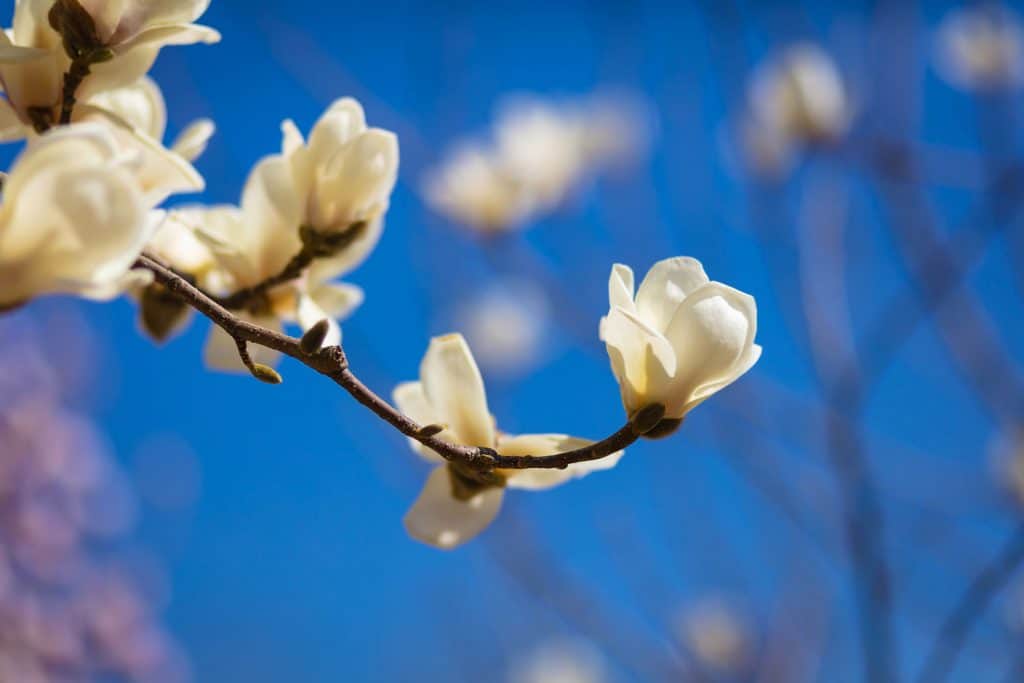
That said, there are ways to keep other types of magnolia trees on the smaller side. One of the best ways to limit the growth of a magnolia tree is to prune it on a regular basis. While you may not be able to stunt the tree trunk's growth, you can control the spread of the magnolia's canopy more effectively with regular prunings. In turn, you can prevent the magnolia from choking other trees or taking up too much room in your yard.
In Closing
When it comes to landscaping your yard, rest assured knowing that you have a plethora of tree and hedge options available to you. If you're interested in planting a tree from the magnolia family, however, make sure you do a bit of planning in advance.
There are several different types of magnolia trees, all of which grow at a different rate and to different heights. If you're looking for a tree that makes a statement, for example, nothing will suit your yard better than a southern magnolia. Comparatively, if you're looking for a magnolia that's on the smaller side, you may want to invest in one like a lily magnolia.
Are you ready to enjoy your yard to the fullest? Explore your local nursery and see what kinds of magnolias you can plant around your property.
